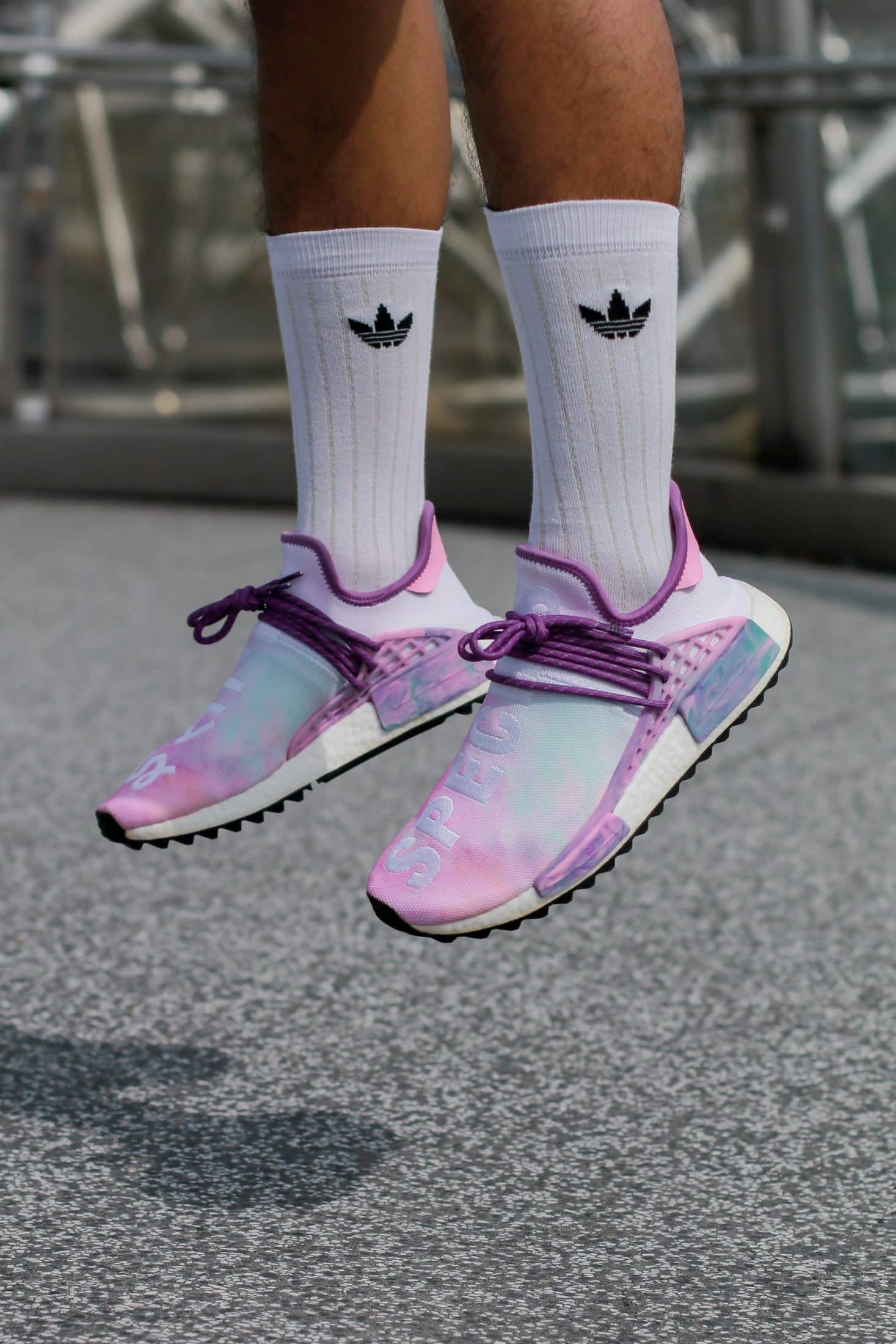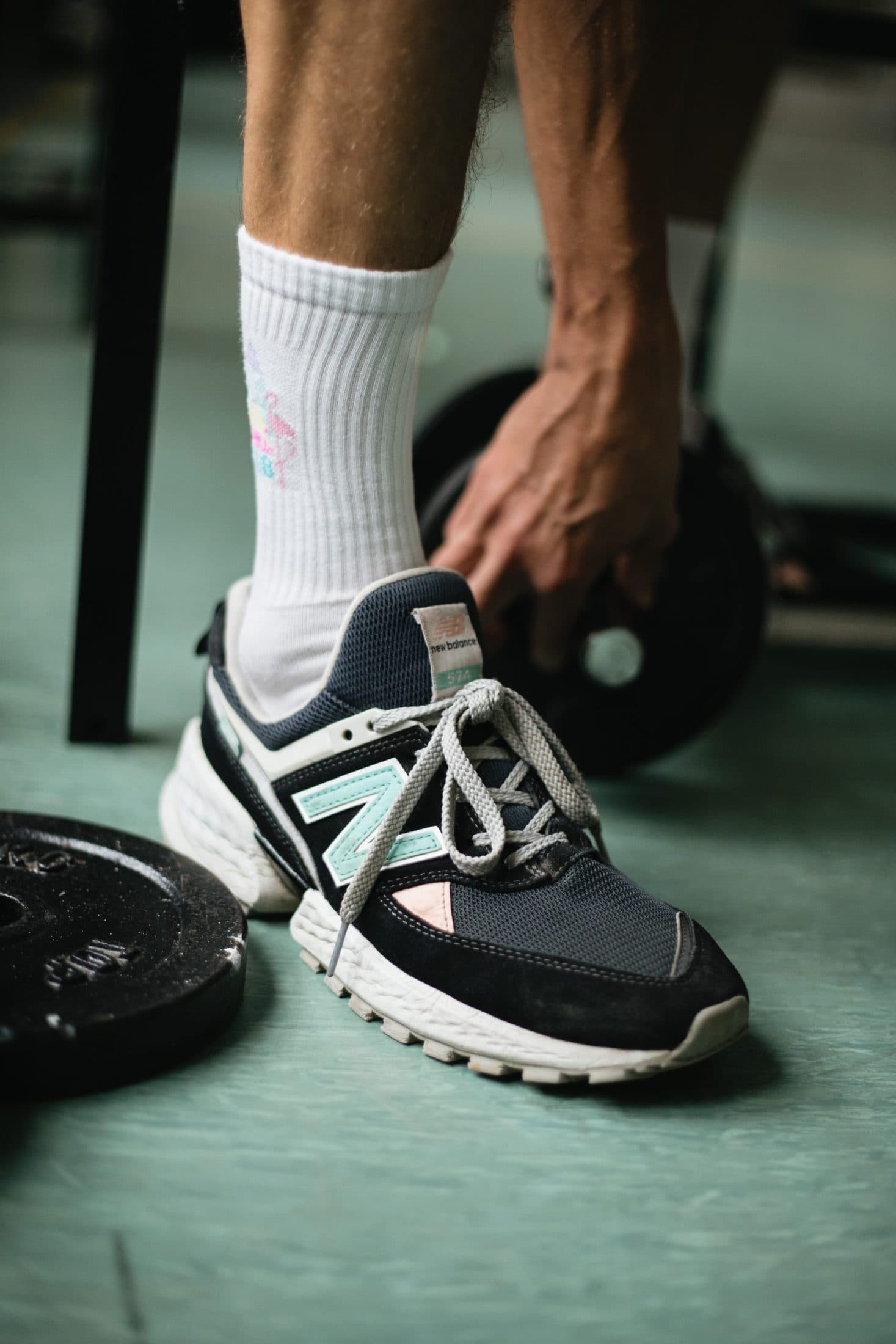Many active people who exercise, dance, run, play sports, walk, or take aerobics classes have experienced discomfort in their lower legs at some point, manifested through sudden and unexpected pain in the shin. This condition, commonly known as shin splints, typically occurs after doing high impact and repetitive exercise with your lower legs.
The increased activity burdens the muscles, tendons, and bone tissue, resulting in a sharp pain or dull ache on the inside of your lower leg bone (the tibia) when you are walking, running, or dancing.
There are a few reasons why shin splints occur, but the good news is that often, they heal independently. Naturally, since it takes a long time, it is wise to undertake a few methods to help yourself ease the pain. Many people turn to compression socks for shin splints to help them recover because it’s one of the most effective ways to deal with the pain and prevent it from happening further down the line.
This article will explore whether compression socks work wonders in helping with recovery from shin-related pain.

How do compression socks help with shin splints?
Compression socks are stretchable stockings that are designed to apply gentle pressure over the ankles and the back portion of the lower legs. The idea is to encourage better blood flow, prevent the formation of blood clots, and reduce fatigue and pain.
Based on conducted medical studies, wearing compression socks could also benefit muscle function and perceived muscle soreness during the recovery period. That said, let us take a closer look at how they help with shin splints:
Increasing blood flow and circulation
Compression socks are designed to be tighter around the ankle and looser as they move up the calf. Due to this feature, they promote blood flow to your shins and help the body move blood back up to the heart. Enhanced blood flow allows nutrients to come to the “injured” area, keeping your muscles fueled. That is essentially key for healing and faster recovery.
Relieving pain
Compression stockings also help relieve pain. With increased blood flow and circulation, they help remove lactic acid, responsible for muscle soreness. Also, since they compress the injured place, they help keep down inflammation. Even when your feet are resting for lengthened periods, these socks do their job, providing a healthy circulation boost and helping to reduce the pain, giving you the best non-drug muscular pain relief.
Preventing swelling
Mild swelling in your lower leg can also be a shin splint symptom. By compressing the affected area, these socks do a tremendous job in reducing the possibility of swelling. Here again, the enhanced blood circulation helps squeeze these areas to prevent the buildup of fluid in the tissue, preventing swelling, reducing pain, and keeping your muscles hydrated.

Accelerating recovery time, boosting performance and reducing fatigue
Importantly, compression socks speed up recovery time. By integrating all previously-mentioned benefits, they ensure that your injury is healing as quickly as possible.
Compression socks are also great for preventing shin splints since they can boost your performance and reduce fatigue in your muscles. Thanks to increased blood flow, they help your movements be more efficient, and help you be more energized, reducing the chances for inflammation of the muscles, tendons, and bone tissue.
Additional tips for treating and preventing shin splints
Naturally, compression socks are not the only way to prevent and heal shin splints. You can also:
- Stretch right before and after exercise: Muscle tightness in the leg increases the risk of shin splints, so before you opt for increased physical activity, make sure you do proper warmup or cool down stretches.
- Gradually build your fitness level: Never overdo it. Your body will negatively react and will be more injury-prone if you push yourself over your limits. Build your fitness level over time.
- Cross-train: Exercise in a way to build strength in a balanced way. It is essential to build diverse muscle groups so that no one area of your body is taking on extreme stress.
- Buy athletic shoes that fit you: Ill-fitting shoes or shoes that lack proper features can contribute to shin splints. Depending on your activity levels, you may need to replace shoes often.
A commonly recommended approach to treating injuries at home that may also help you heal shin splints is RICE:
- Rest – When dealing with an injury, experts recommend rest from all activities that cause pain, swelling, or discomfort. However, when suffering from shin splints, active rest is approved most of the time. Does that mean that you can still train? Well, exercising can make your injury worse and extend your recovery time, yet trying low-impact activities like swimming, yoga, or making changes to your routine is often ok.
- Ice – Wrap ice packs in a towel and place them on your shins for 15 minutes at a time, for about a maximum of eight times a day for several days. Once you feel that the shin splint pain subsides, you can decrease or stop doing it.
- Compression – Wear your compression socks (even when you are home) to help reduce inflammation around your shins.
- Elevation – When you use the ice packs on your shins, or even when you are wearing your socks, whenever possible, elevate your legs on a pillow or chair to reduce inflammation further.

Final takeaway
Most people get shin splints from repeated pounding on hard surfaces during activities such as running, doing sports, or dancing. Compression socks are a great way not just to treat shin splints but also to prevent them. While they will not magically heal your shin splints overnight, they will give you much-needed relief if you choose the pair that’s designed to solve your issue. Also, if you get in the habit of using them as a prevention tool, they can vastly improve the blood flow in your legs and reduce muscle fatigue, making you less prone to shin splints if you increase your training levels.
Naturally, if you are struggling with chronic shin splint pain, you may consider talking to your doctor so that they can take a thorough physical exam and advise you on further steps.
